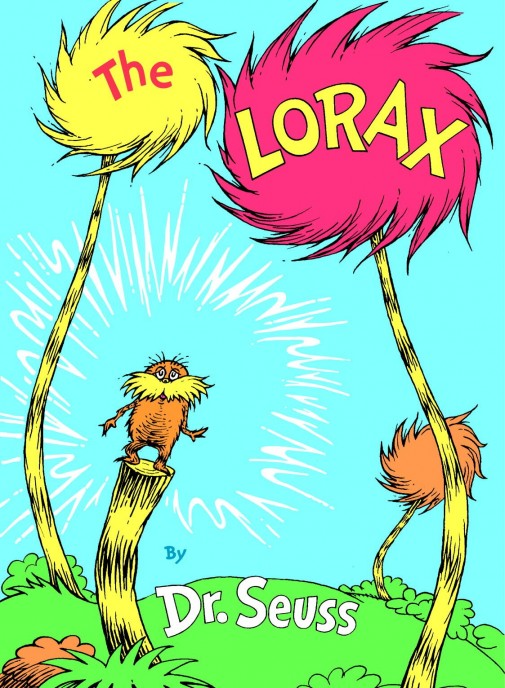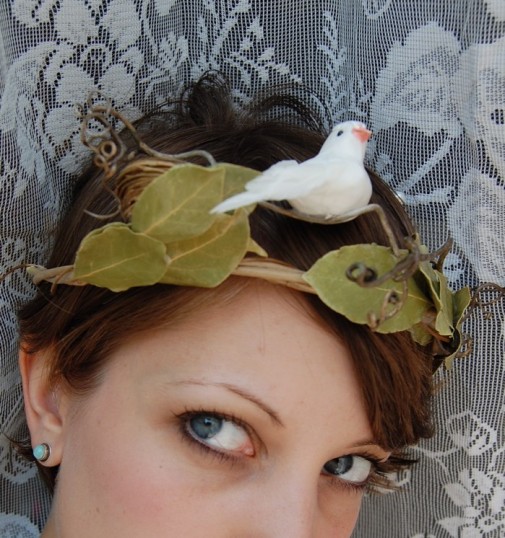Am warning you now, I may be a bit rambly in this post. I know I should be single-minded. Alas, I am taken today with the idea of becoming more folk tale-ish (sorry).
So if you’re not into that right now, just skip to the video I’ve managed to successfully embed at the end of this post, sit back and experience your own, personal life-changing event.
I saw this film, “The Story of Stuff†presented by Annie Leonard, on Jonathan Fields’ blog just the other day and it has had a huge impact on me.
I knew all the stuff Ms Leonard spoke about but watching her present this information on STUFF has crystallized my thoughts and mobilized me in the same way another film did when I was a teenager.
For many years as a child I had “boked†as we say in Scotland, which means gagging on food or vomiting when I asked what this food was on my plate and my mum replied, lamb or beef or any other kind of meat.
I hated the idea of eating animal friends (remember I was 10-13 years old, also I was an only child in a menagerie of pets) but everyone I knew ate animals so what other choice was there?
Then I happened to see a private screening of The Animals Film. And that was it. I became vegetarian and still am a hundred years later.
Similarly, I’ve recently been feeling a strange sense of disconnect with how things are going in our society. So many things just didn’t seem ‘right’ or natural. Why were people so unhappy? Why did so many people not care about their environment or each other?
Why did some people stone ducks to death at one end of a park while in the same park not far away, other people were feeding them? (I have witnessed this particular example of the dichotomy of humankind).
Then I re-read The Lorax by Dr Seuss. Why have we all learned so little in the last 30 plus years? Written in 1971 by the visionary Theodore Seuss Geisel (his real name) it’s a clear warning for future generations and yet have we heeded it?
While many of us have understood its premise, resonated with the desire to care for our wildlife and wilderness, treasure nature and our natural biodiversity, and have felt moved by Dr Seuss’ plea, we have run around like Cassandra Loraxes.
We’ve identified with the powerlessness of the Lorax, rather than the direct “YOU†of the character Dr Seuss wanted us to relate to.
Enter Annie Leonard. (Thank God.) Ms Leonard has done something grand to alleviate our powerlessness. She is fully equipped with the facts, the evidence and the passion to help us all. She explains things clearly to us, with simple diagrams and straight-forward narrative in “The Story of Stuffâ€.
She is the YOU of The Lorax. She took the Truffula Seed idea and did something huge with it. She planted it in a film. I suspect that if Ms Leonard read The Lorax and its last page:
“SO…
Catch!” calls the Once-ler.
He lets something fall.
“It’s a Truffula Seed.
It’s the last one of all!
You’re in charge of the last of the Truffula Seeds.
And Truffula Trees are what everyone needs.
Plant a new Truffula. Treat it with care.
Give it clean water. And feed it fresh air.
Grow a forest. Protect it from axes that hack.
Then the Lorax
and all of his friends
may come back.â€
she decided to take up that responsibility. And by God has she ever.
So thank you Dr Seuss and Annie Leonard. I will be a Lorax no longer and simply be ME.
I too am shifting from feeling powerless to taking the steps to disentangle myself and my family from the unnatural, unsustainable, unholy threads that tie us to big corporation’s stranglehold on our planet. I realize I’ve been doing it for a while.
Tomorrow I’ll share some practical and simple new ways you can not only reverse the cycle of Stuff in your life but simultaneously liberate your inner wild man / inner wild woman.





